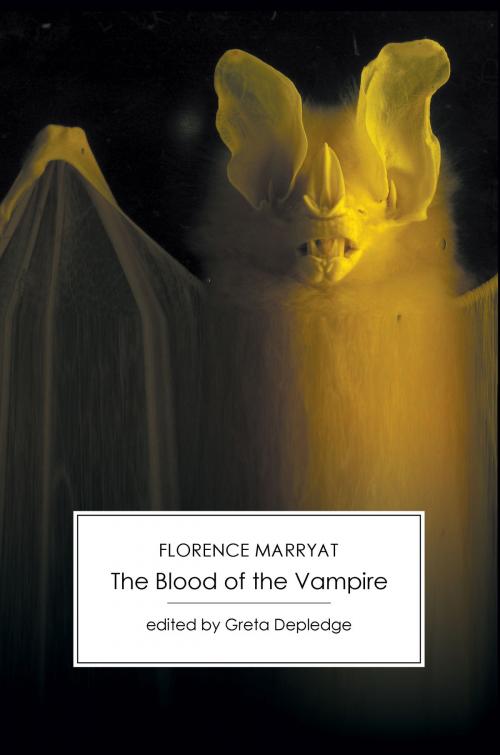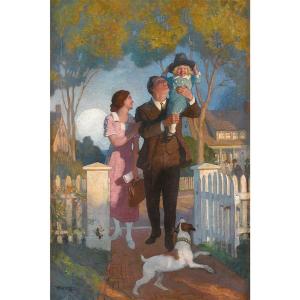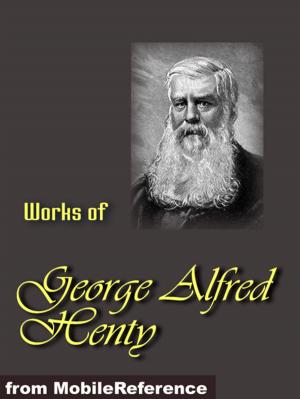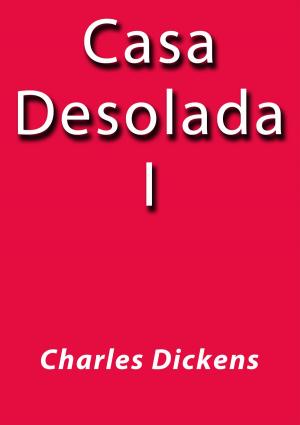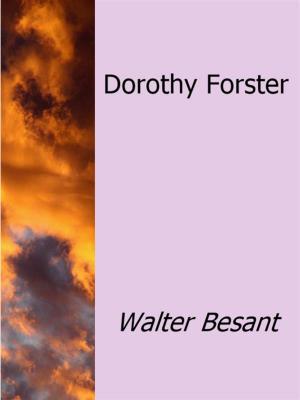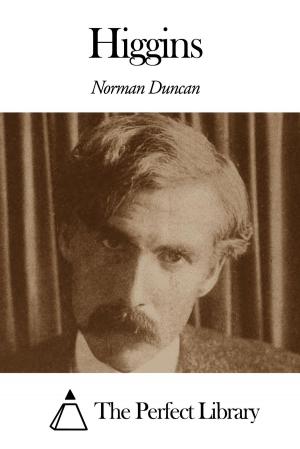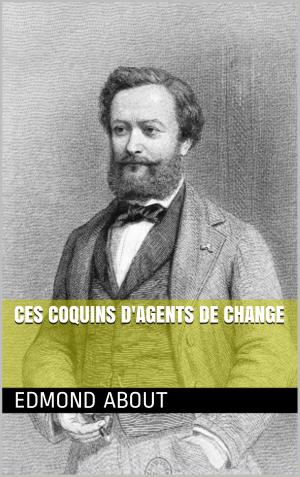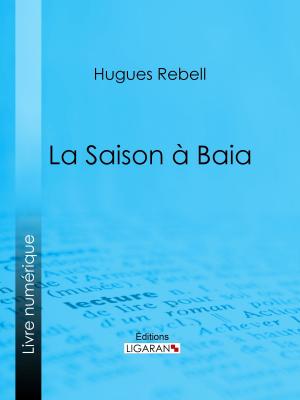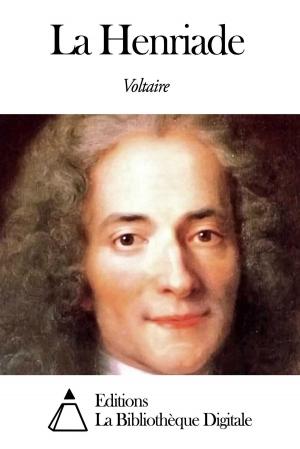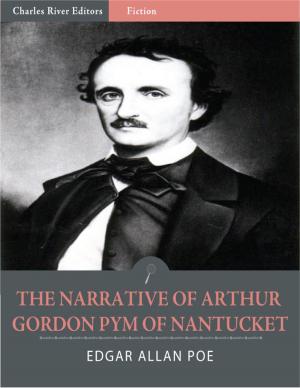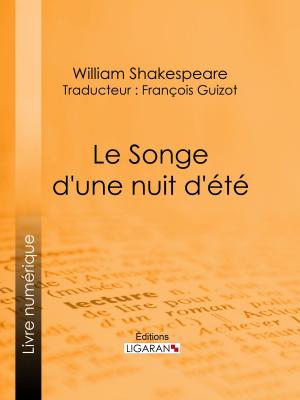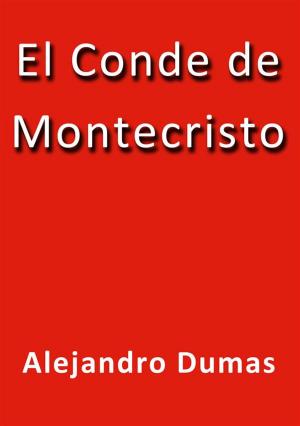| Author: | Florence Marryat, Greta Depledge | ISBN: | 1230000016632 |
| Publisher: | Victorian Secrets Limited | Publication: | September 6, 2012 |
| Imprint: | Language: | English |
| Author: | Florence Marryat, Greta Depledge |
| ISBN: | 1230000016632 |
| Publisher: | Victorian Secrets Limited |
| Publication: | September 6, 2012 |
| Imprint: | |
| Language: | English |
The Blood of the Vampire (1897) was rather overshadowed by a certain Transylvanian Count who made his debut in the same year. Although there are similarities with Dracula, Marryat’s vampire is female and drains her victims’ life force, rather than their blood.
Harriet Brandt is the daughter of a mad scientist and a mixed-race voodoo priestess. Brought up on her parents’ Jamaican plantation, she is forced to flee to Europe after the slaves revolt. Although everyone is initially attracted to Harriet, people who get close to her seem to sicken and die.
Marryat’s “psychic vampire” represents both the racial “other” and the New Woman of the period, both of whom were perceived as a threat to fin-de-siècle society. This curious novel engages with key debates, such as race, women’s rights, heredity, syphilophobia and the occult.
The text is based on the first edition, and Marryat’s often erratic punctuation has been tamed.
The edition includes:
- critical indroduction
- suggestions for further reading
- Florence Marryat chronology
- explanatory notes
- appendices including contextual material on female sexuality, pathologisation of female behaviour and hysteria, race, eugenics, and the occult
The Blood of the Vampire (1897) was rather overshadowed by a certain Transylvanian Count who made his debut in the same year. Although there are similarities with Dracula, Marryat’s vampire is female and drains her victims’ life force, rather than their blood.
Harriet Brandt is the daughter of a mad scientist and a mixed-race voodoo priestess. Brought up on her parents’ Jamaican plantation, she is forced to flee to Europe after the slaves revolt. Although everyone is initially attracted to Harriet, people who get close to her seem to sicken and die.
Marryat’s “psychic vampire” represents both the racial “other” and the New Woman of the period, both of whom were perceived as a threat to fin-de-siècle society. This curious novel engages with key debates, such as race, women’s rights, heredity, syphilophobia and the occult.
The text is based on the first edition, and Marryat’s often erratic punctuation has been tamed.
The edition includes:
- critical indroduction
- suggestions for further reading
- Florence Marryat chronology
- explanatory notes
- appendices including contextual material on female sexuality, pathologisation of female behaviour and hysteria, race, eugenics, and the occult
